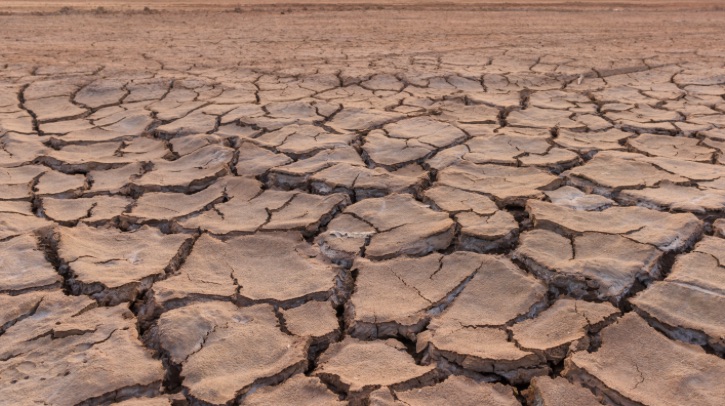Researchers from the Military University of Technology Poland and Griffith University have combined two advanced satellite-based methods – the Global Positioning System (GPS) and the Gravity Recovery and Climate Experiment (GRACE) – to improve the monitoring of hydrological droughts.
The study, titled ‘A new Multivariate Drought Severity Index to identify short-term hydrological signals: case study of the Amazon River basin’, has been published in Remote Sensing of Environment.
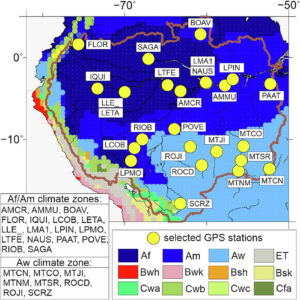
Overcoming current satellite-based limitations
The study highlights that advanced satellite-based methods, such as GPS and GRACE, have been invaluable in tracking changes in global freshwater, including groundwater. However, Dr Christopher Ndehedehe, a co-author and an ARC DECRA fellow at Griffith’s Australian Rivers Institute, said that both of these methods have limitations.
“GRACE provides reliable data at large and regional scales but struggles at local levels, while GPS data can be affected by technical and environmental factors including monument instability, thermal expansion of ground, the errors due to tidal aliases, and measuring real changes in the hydrosphere can sometimes be difficult, among several other issues,” Dr Ndehedehe said. “Both techniques also face challenges in capturing short-term extreme hydrological events like sudden droughts and could under- or overestimate the occurrence and severity of such events.”
Combining GPS and GRACE
To circumvent this challenge, the research team developed a new approach by combining the strengths of GPS and GRACE-based vertical displacement data to monitor hydrological droughts more effectively. This new method was tested in the Amazon basin and California Central Valley where hydrological changes were profound and could provide crucial insights for water management.
“By combining GPS and GRACE data, the novel drought indicator enhances our ability to track short-term drought events more accurately, offering timely and actionable information for decision makers,” Dr Ndehedehe said. “Adaptation plans to mitigate the impacts of climate change must incorporate both prudent water resource management and the development of suitable indicators and metrics to assess drought impacts on freshwater.”
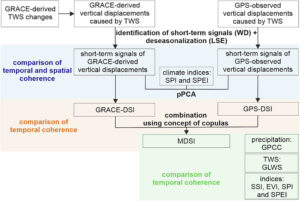
While each technique (GPS and GRACE) individually showed good spatial and temporal agreement with traditional drought indices (e.g., standardized precipitation index), some extreme events were missed. To overcome this, the team introduced a novel multivariate drought indicator (Multivariate Drought Severity Index) by combining the GPS and GRACE datasets, using advanced statistical methods known as Frank copulas, to merge data from the two satellite missions. This meant the researchers could detect previously unidentified drought events and the cascading impacts on freshwater systems.
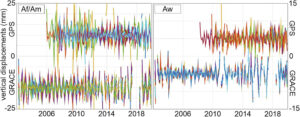
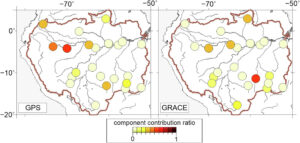
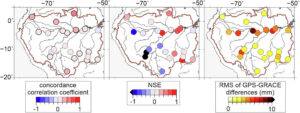
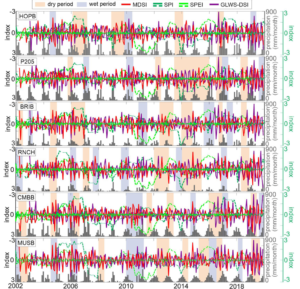
Drought research implications
Dr Artur Lenczuk, an assistant professor and lead author from the Military University of Technology in Poland, said, “Droughts are complex, and their impacts can be devastating, particularly in regions with highly variable climatic conditions. Monitoring the onset and progression of droughts is essential for water resource management. The multivariate drought indicator showed strong temporal consistency with drought indicators based on in-situ river discharge data and satellite-based agricultural indices like the Enhanced Vegetation Index, further validating its accuracy and providing a more comprehensive picture of drought conditions.
“This new approach provided a more holistic view of drought conditions, to support better resource management, and represented a significant step forward in the quest for more effective drought monitoring, with broad implications for global water management strategies. As climate change accelerated, regions across the globe faced more frequent and severe droughts, significantly affecting ecosystems, communities and water resources. Monitoring these shifts in climate and water storage was critical for informed water management.”
In related news, EUMETSAT, in collaboration with Meteo Benin, recently held its biennial conference for African weather and climate experts in Cotonou, Benin, in which the executives focused on the continent’s access to new and more precise meteorological satellite data and the data’s use for early warnings of severe weather events. Click here to read the full story.


